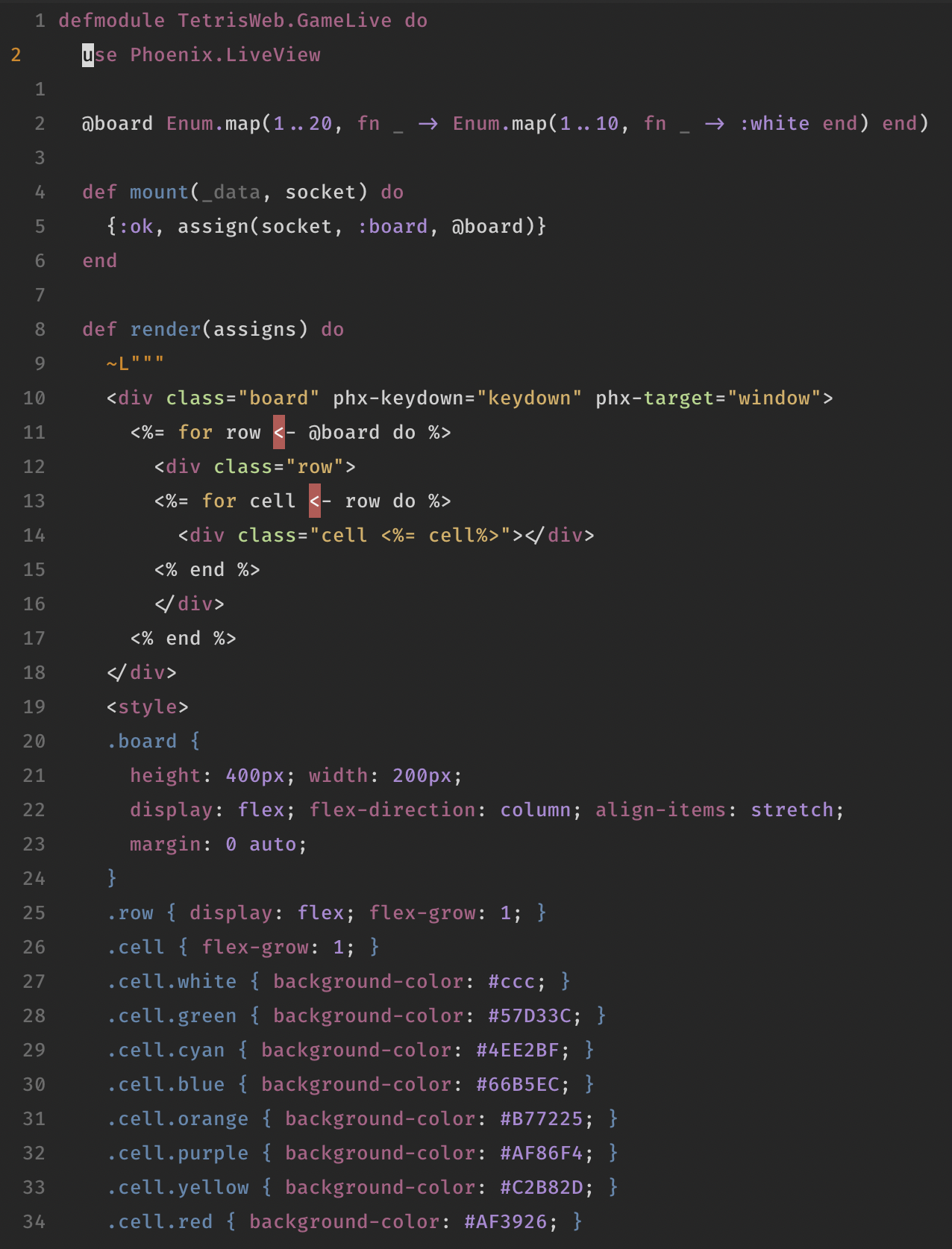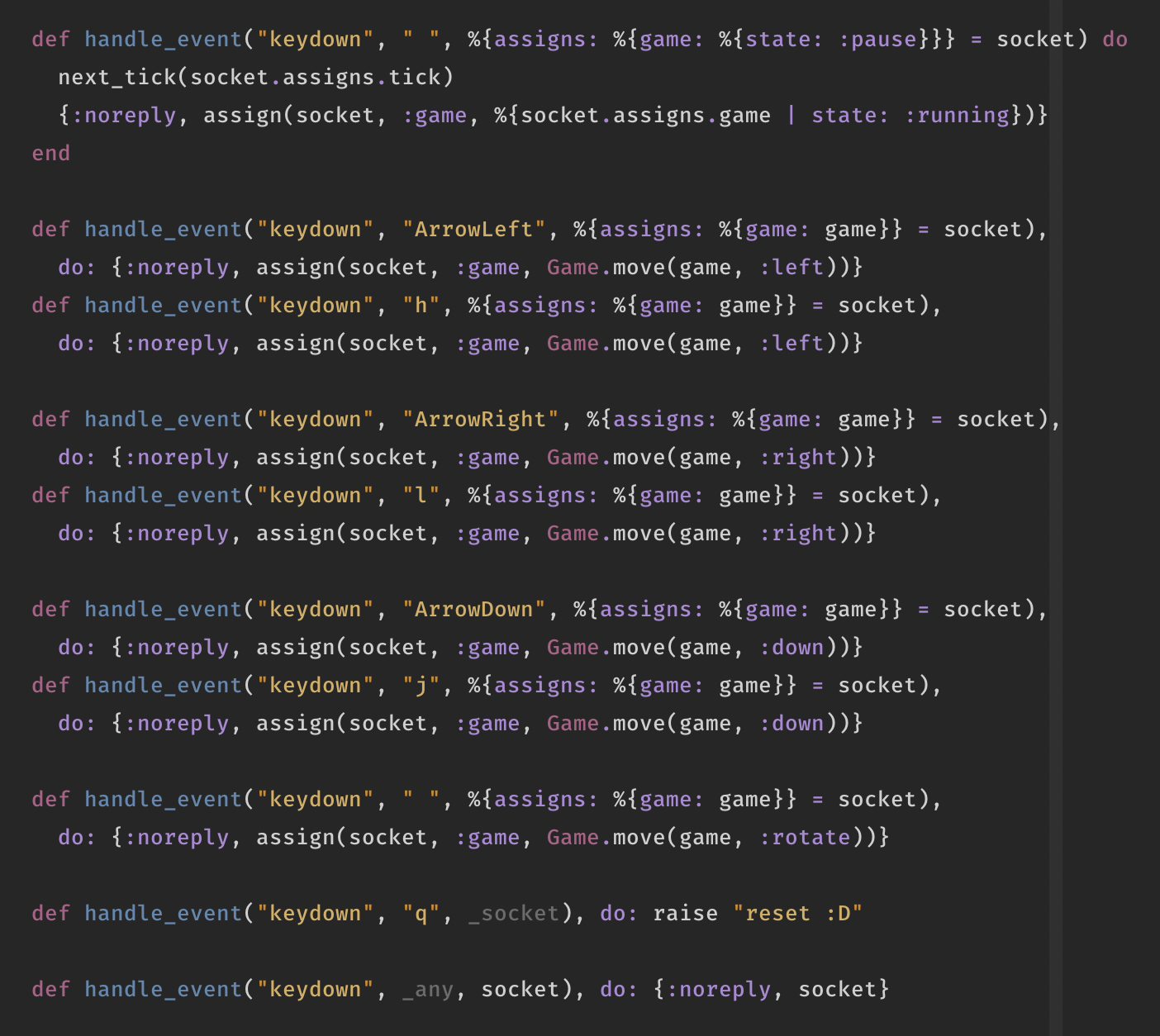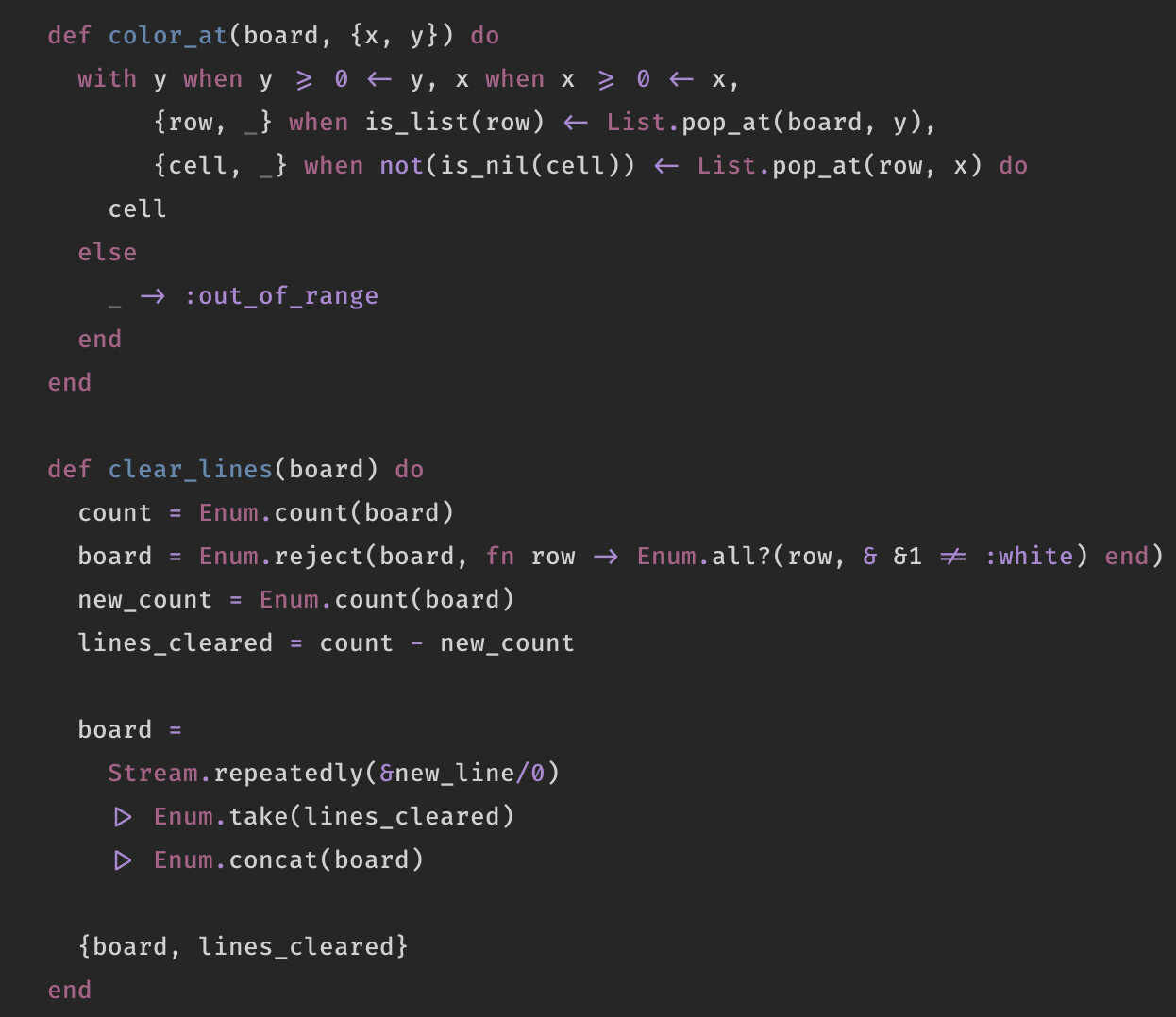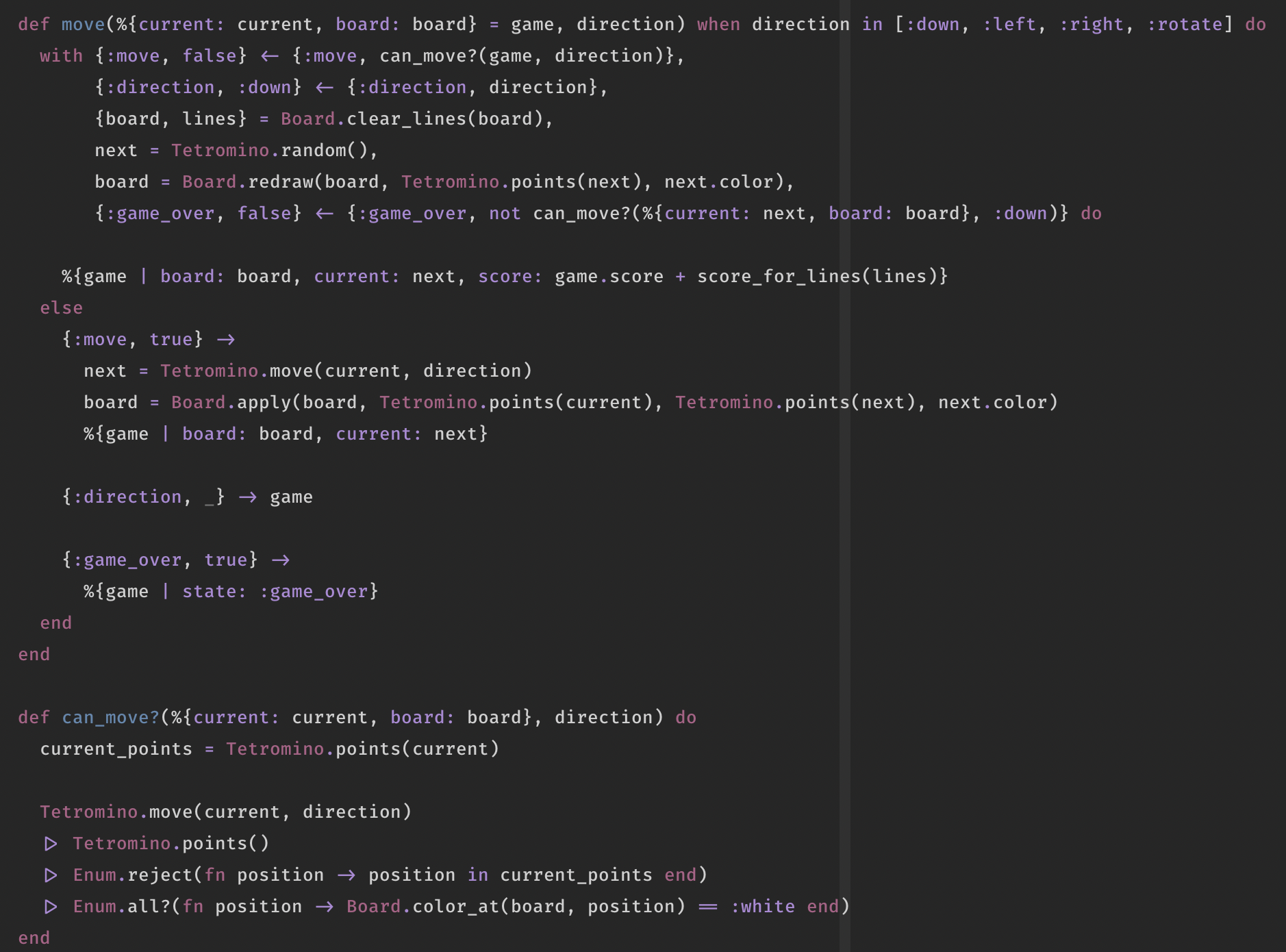Recently, I started working on a project that uses GraphQL Stitching, to bring multiple GraphQL Schema's from backend servers into one central Schema to consume for clients. Sadly, I cannot say I'm a fan of it. In researching how it all works, I found out that it was actually deprecated, and by digging a bit deeper, I found out that that happened last Thursday. I happily investigated the proposed alternative of Apollo Federation.
What's wrong with Stitching?
Let's first dive into what I don't like about Schema Stitching. I must admit that I'm no expert on the subject: I am still trying to grasp what's possible. And it seems like a lot is possible. One can grab fields from one service, enhance them with fields from other services, leave fields out, all kinds of things.
For example. If I have a backend service that does books, it could have a Schema like the following:
type Query {
books: [Book]
book(id: ID!): Book
}
type Book {
id: ID!
isbn: String!
title: String
}
If you then have a backend service that does reviews of books, it could have a Schema like the following:
type Query {
reviewsForIsbn(isbn: String!): [Review]
}
type Review {
text: String
stars: Integer
}
The thing you can do with Stitching, is that you can add a reviews field to the Book type, by using the isbn field on Book and using reviewsForIsbn(isbn:) to grab it. And this is already the part where I should leave out the details of how to do it: I have no idea, but I know it's possible, and even in weirder setups than this one.
The nasty thing about it is that it creates a dependency on both the isbn and reviewsForIsbn fields. This dependency is not visible from either backend service, only in the code of the stitching service. And since GraphQL is all about callbacks and resolver functions, that code in the stitching service can become difficult to read, especially if you do a lot of stitching.
I think the term stitching is excelent: if you keep stitching Schemas together, you will get a giant stitchwork full of yarn and everything will be connected to everything. And that's a bad thing, because it ties you down: you can't move a thing, if you pull one cord out, the whole thing might become undone.
With great power comes great responsibility. I think stitching is very powerful, but it's also very easy to shoot yourself in the foot with. As said: I was happily surprised to find out I wasn't alone and that it has been deprecated by Apollo. (Who, by the way, are the only GraphQL library that supported it.)
The new fancyness: Apollo Federation
How to bind multiple GraphQL Schemas together if you can't stitch them? Apollo's new answer is Apollo Federation, which is a pattern of defining Schemas, and a service called Apollo Gateway. Short summary: the Gateway reads the federated Schemas, and based on the information they provide, it stitches it all together, without you having to write any code in the stitching layer.
This information is given in the form of type anotations and some callbacks, that are described in a specification. For Javascript, you can just use the @apollo/federation package. For libraries (such as Absinthe for Elixir) you have some work to do.
But let's review the previous two services again, but now using Federation. Federation makes use of a few directives, which are designed to give more information to the query executor. They begin with an @ sign and can have parameters.
Consider the Books service again:
expand type Query {
books: [Book]
book(id: ID!): Book
}
type Book {
id: ID!
isbn: String!
title: String
}
Not much changed here, other than the expand keyword in front of the Query type. The Books service, in this simple example, does not need any external data. The Reviews service, however, does:
expand type Query {
reviewsForIsbn(isbn: String!): [Review]
}
type Review {
text: String
stars: Integer
}
expand type Book @key(fields: "isbn") {
reviews: [Review] @external
}
There is some stitching here. The Reviews service knows about Books, but that is fine: a review would not makes sense without an object to review, in this case, books. Notice how, in the Schema, it is defined that, in order for the Reviews service to resolve the Book type, it needs an isbn. Seen from the existing Book type, the Review is then an @external type, which is provided by the Review service. Note that we could drop the reviewsForIsbn entirely now, but still maintain reviews on Book.
Some questions I think I have answers for but am not sure about:
- Why add a
Book type to the Reviews service? Because someone has to know, and I prefer it to be the service that has the other entity next to it's domain.
- How does the Gateway know to call
reviewsForIsbn? Well it doesn't: given the type and the requested @key(fields:), and some underwater endpoint, the Reviews service is now responsible to find reviews that match that type (Book) and key, and it can have a resolver for that.
- Why can't the Books service just provide the full
Book type? Because then knowledge about the link between Books and Reviews is in both services.
I don't pretend to understand all the implications of both approaches, but intu¬tively, this second approach seems better to me. There is no code that we have to write in the Gateway anymore, and the Schema is split up between the services, that only know their own part about the shared entities.
Downsides: gotta bring it to Absinthe
Unfortunately, like with Stitching, Apollo for Javascript is the only library that supports this thing at the moment. As mentioned, there is a spec describing what to do to support this elsewhere (still using the Apollo Gateway), but it is very early days.
I tried some stuff with Absinthe, and was happy to see macros for directives. After some exploration, however, I came to the conclusion that the directives you can define with these, are only useable in the Schema you put out, and thus in your queries. Since the Schema itself is defined with macros in a DSL, I cannot use the directives there. I will have to set up my own macros for it, and that is it's own rabbit hole.
Moreover: in the current release of Absinthe, there is not yet a way to get your parsed Schema out. This Schema, however, has to be send to the Gateway, for it to work. I tried working around it by defining the Schema twice (by hand and with the DSL), but there are still a lot of rabbit holes in the union _Entity (which consists of all types that use the @key directive) and scalar _Any (which maps to all @external types).
With Stitching, all the work is done in the external service, so your backend services do not have to know about it. With Federation, all your backend services have to be aware that they are part of something bigger in order to participate in that bigger picture.
Still, I really like the idea, and I think it will hold better than stitching all the things manually.

 Twitter
Twitter Instagram
Instagram LinkedIn
LinkedIn Github
Github Strava
Strava Facebook
Facebook







